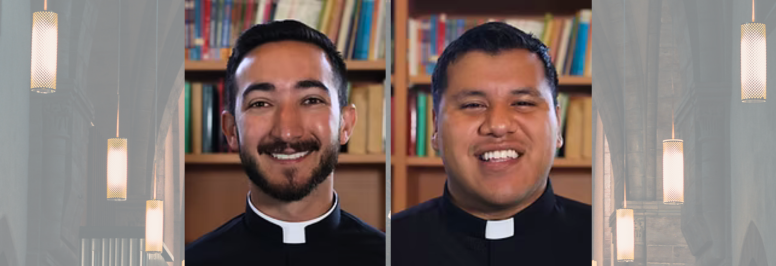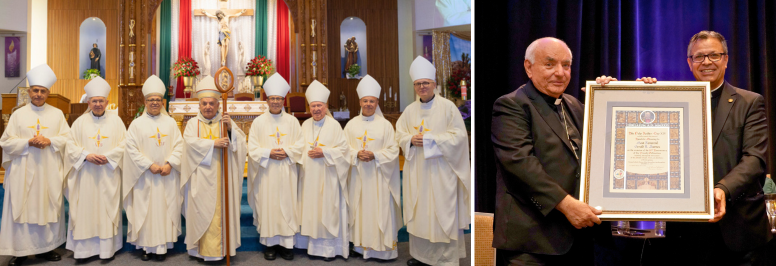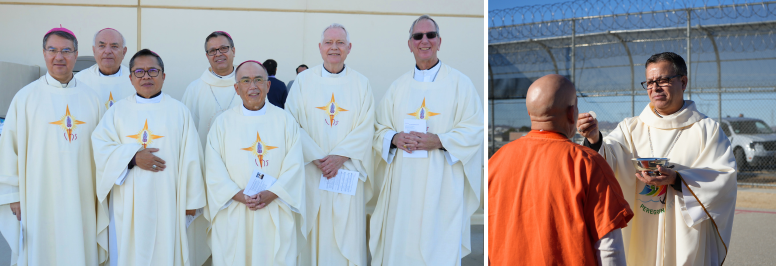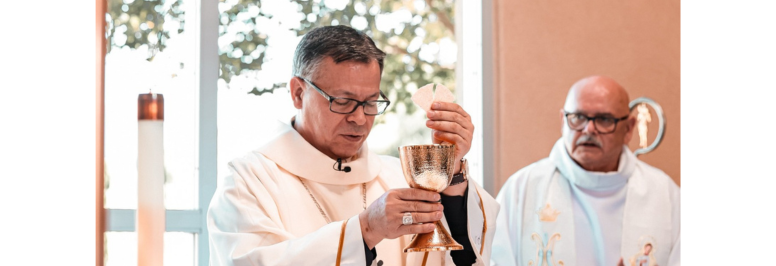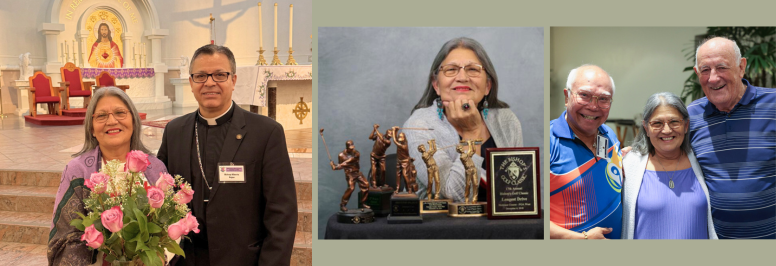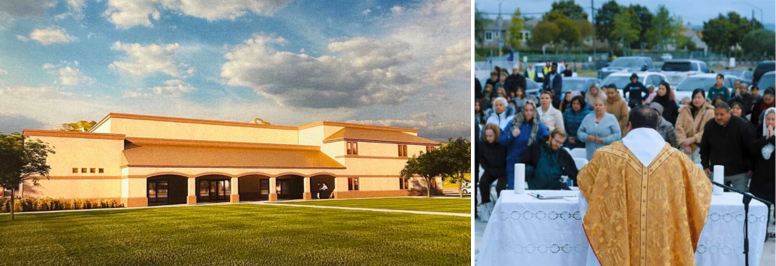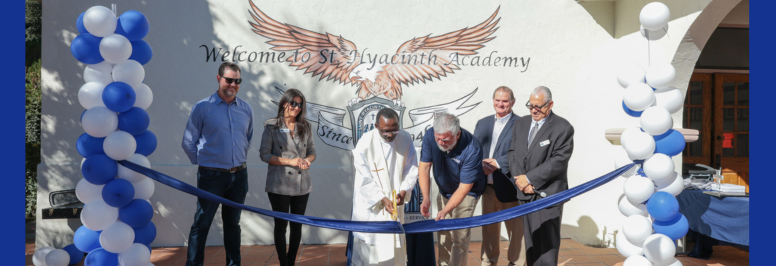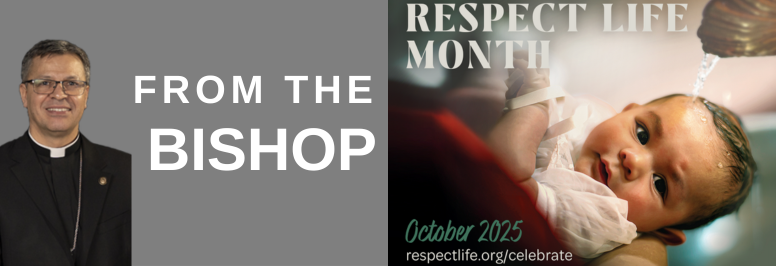Some people might shrink at the idea of this juxtaposition, but that is only because of what the world tells us about love. The secular world has taken us adrift with regard to love, leading us towards consumerism, commercialism and self-gratification. The celebration of love has transformed into a celebration of decadence; i.e. chocolate, flowers, excess. What about Lent?
The liturgical season of Lent is a time to prepare for the renewal of our Baptismal promises and for new Christians to be cleansed in the waters of Baptism. The way we prepare ourselves is through penance. We do this especially by the traditional threefold practice of prayer, fasting and almsgiving. This presupposes contrition and conversion, but it also entails sacrifice. Pope Paul VI tells us in his apostolic constitution on fast and abstinence that penance “has as its aim love and surrender to God…”
What can this pairing teach us about either? First, we have the opportunity to do with Valentine’s Day, which has been distanced from the feast of St. Valentine and become a popular celebration of love, what we are called to do with the culture as a whole. That is, through inculturation to highlight the ‘seeds of the word’ within it and to purify what is contrary in it by the light of the Gospel. Far from the notion of decadence, real love always galvanizes the lover to the act of sacrifice.
The example of the pure love of a mother for her child implies sacrifice by its nature. The mother scorns her wants in exchange for the child’s needs. Love eradicates selfishness. In the case of a marriage, the husband seeks the good of his beloved beyond his desire for self-satisfaction. The wife, in turn, will sacrifice for her husband. The analogy of the marriage is so apt, that our Lord used to communicate the nature of his love for his Church, referring to himself as the bridegroom (Mt 9:15, Mk 2:19, Lk 5:34).
This leads to the second lesson we might learn from the pairing of Ash Wednesday and Valentine’s Day. The beauty of love can be experienced in the ambivalence of feelings that accompany sacrifice. The Paschal Mystery culminates in the supreme act of love that is Jesus’ sacrifice on the cross. Part of the mystery of this act is how it mingles these two extremes. It is both painful because of rejection, yet pleasing because of the desire to seek the good of the beloved. Pope Benedict XVI, who has written much on the connection between truth and beauty, honed in on this paradox when, as Cardinal Joseph Ratzinger, he addressed the Communion and Liberation Meeting in 2002 on “The Beauty and the Truth of Christ.”
He is struck by the paradox in the two antiphons for Vespers found side by side in the Psalter, one for the season of Lent and the other for Holy Week. One from Psalm 44 and the other from Isaiah 53, they say of the same Christ: “You are the fairest of the children of men,” and “he had no beauty, no majesty to draw our eyes, no grace to make us delight in him.” The contrast teaches us, he continues, “…in his Face that is so disfigured, there appears the genuine, extreme beauty: the beauty of love that goes ‘to the very end. ‘ ”
This is what we are called to as lovers. May we be courageous, valiant, righteous lovers! This Valentine’s Day we have the opportunity to be struck by the arrow of Christian love, “if we are struck by the arrow of his paradoxical beauty, then we will truly know him…”
May the Lord strengthen our resolve to do penance, moved by love.
How will you respond to the call of love in this season of Lent?
Ray Almanza is the San Bernardino/High Desert Vicariate Coordinator for the Office of Catechetical Ministry.


